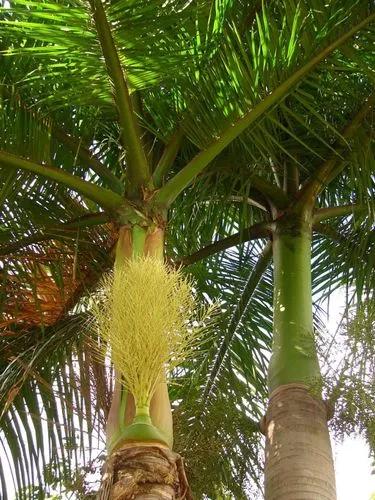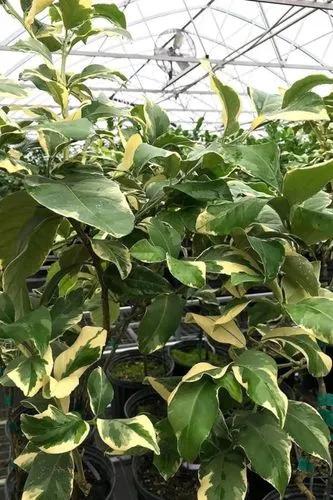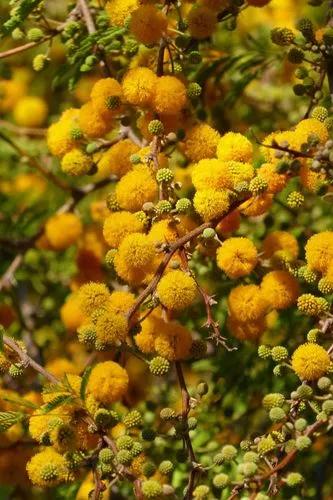Quercus castaneifolia, the chestnut-leaved oak, is a species of oak in the turkey oak section Quercus sect. Cerris. It is native to the Caucasus and Alborz mountains of Iran, and resembles the closely related Turkey Oak in appearance.
Chestnut-leaf oak Care
Quercus castaneifolia



Quercus castaneifolia is a deciduous tree growing < 35 m tall, with a trunk < 2.5 m diameter. The leaves are 10–20 cm long and 3–5 cm wide, with 10–15 small, regular triangular lobes on each side. The flowers are wind-pollinated catkins; the fruit is an acorn, maturing about 18 months after pollination, 2–3 cm long and 1.5–2 cm broad, bicoloured with an orange basal half grading to a green-brown tip; the acorn cup is 2 cm deep, densely covered in soft 4–8 mm long 'mossy' bristles. The acorns are very bitter, but are eaten by jays and pigeons; squirrels usually only eat them when other food sources have been exhausted. The tree was introduced to England in 1846, but remains relatively rare in collections despite being a vigorous grower.
How to Care for the Plant

Water

These trees enjoy a natural change of seasons, with dry summers and moist winters. As long as you experience winter rainfall, you don't need to water oak trees in winter. To make up for a dry winter, you can give oak trees a thorough soaking in the spring. It's also safe to water them once or twice during dry summers. These infrequent waterings should consist of gradual releases of water all day, to thoroughly soak the soil without making it waterlogged. You should never water oak trees more than once a month.

Fertilizer

Young trees need fertilizer to grow, while mature oaks need fertilizer to maintain health. You should fertilize in the spring, late summer or autumn, when rainfall will help wash the nutrients through the soil to reach all parts of the root system. Though you can apply a balanced fertilizer with nitrogen, phosphorus and potassium, it's also safe to fertilize with a nitrogen-based fertilizer - the type that the surrounding lawn may also appreciate. You can also let the leaves that fall from deciduous oaks remain on the ground, as they saturate the soil with nutrients as they decompose.

Sunlight

Oak trees prefer full sun.

Soil

Choose a site with a well-drained soil. Lay 2 to 3 inches of mulch around the base of each oak tree to keep the soil from drying out and prevent weeds from growing that would steal nutrients from the tree.

Temperature

The plant is hardy in the areas with the lowest winter temperatures of -17.7°C (0°F).
Discover more plants with the list below
Popular articles






